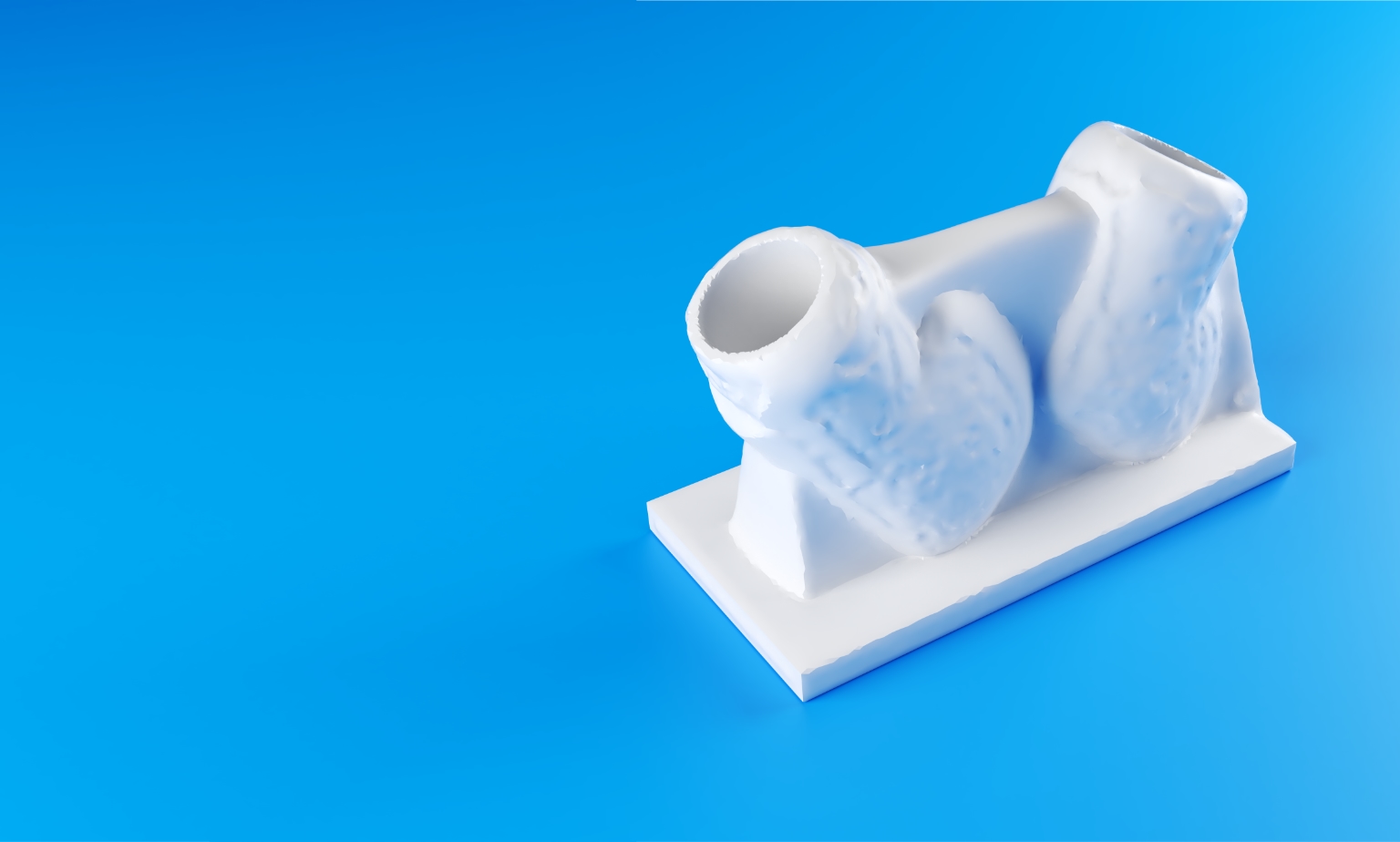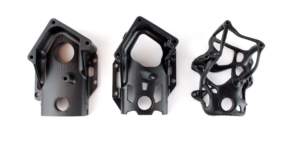

Originally published on fastradius.com on April 7, 2020
Digital design and simulation tools have changed the way engineers and designers work. Over the last several decades, these tools have become faster and more feature-rich as computational power has become cheaper and more accessible. Large problems that ran on supercomputers or high-performance clusters five to ten years ago can now run on your laptop.
At the same time, computer scientists have built algorithms and optimization schemes, like machine learning and artificial intelligence, that can process large datasets and solve complex problems with thousands to millions of variables.


Increasingly, engineering software companies are building generative design functionality into base CAD packages or offering it as a simple add-on. In other cases, generative design and topology optimization tools are built into simulation packages.
Simulation packages typically offer more toggles and controls than CAD add-ons, but they also require a certain level of expertise that comes with running finite element packages. There have been significant improvements to these programs, in which users are providing feedback to make them better and more useful.
While many engineers have access to generative design tools, they don’t always know what generative design is or what to use it for. Generative design combines three different disciplines — design, simulation, and optimization — to create a super-charged parametric simulation that considers thousands to millions of degrees of freedom.
In practice, a designer starts with an open white space and the computer works to fill in material only where it is needed. The computer defines the optimal (one of a set of very good solutions) rather than the optimum (the absolute best) model for your given set of inputs.
Generative design can’t produce the absolute best solution because optimization schemes cannot provide certainty about the quality of any particular design in comparison to all other possible designs.
Even though generative design might not produce the optimum result, it provides new, more efficient ways of working. Prior to this technology, you would need to select a couple of parameters and create a design of experiments (DOE) that tested the performance of the part across those variables. This approach is powerful, but requires a lot of time to prepare the models, extract the results, and make a conclusion about the best solution.
Alternatively, you could make small, incremental improvements to an existing design to optimize a set of features; this may take less time, but relies on the assumption that the starting design is already close to optimal.
This is where generative design shines. It produces a good design candidate for the engineer in a small amount of time. This efficiency gain can be used to work faster or to probe the design space and look at solutions outside traditional engineering concepts.
When you look at a really good generative design part, it is usually striking for its abstract shape that still retains logical design elements.
It’s important to understand what generative design can’t do. Generative design will never replace design engineers. The resulting design models are only as good as the optimization schemes, which are improving but not perfect.
For example, take the case of metal laser powder bed fusion (L-PBF) where the need for supports can make a part difficult or even impractical to manufacture at scale.
Most generative design programs don’t consider how the part will be manufactured, so engineers must still use design for additive manufacturing (DFAM) principles to help create a better part that would reduce or eliminate the need for supports, a process that requires a detailed understanding of the manufacturing process. In a product environment, these considerations have implications on part cost and yield.
Given the increasing popularity of generative design, what does the future look like? First of all, generative design tools can help design engineers get to the 80 percent solution much faster. Further down the road, this technology will serve engineers even better as it supports more complex systems, like dynamic impact and parts in contact.
To reap these benefits, design engineers will need to develop the skills to use digital design tools competently. The lines between design and analysis/simulation engineers will continue to blur as these types of tools become more available and drive product development cycles.
If you’re interested in leveraging generative design for your next project, the experts at SyBridge Technologies can help. Our engineers are experts in digital design, simulation, and optimization, and we’re happy to discuss your needs.
Contact us to learn more, and check out our resource center for information on the latest manufacturing technologies.
Forget typical cycle times. We're pushing the boundaries of conformal cooling. While traditional approaches deliver…
Forget typical cycle times. We're pushing the boundaries of conformal cooling. While traditional approaches deliver…
From left to right: Brayden Janak (apprentice); Logan Vifaquain (CNC machining, Programming and CMM); Ron…
SyBridge Technologies is proud to announce we have been awarded the 2023 General Motors Supplier…
Today, designers and engineers are accustomed to working with digital tools in their day-to-day jobs.…
Optimizing Your Injection Molding Process for Cost-Effective Manufacturing Excellence In today’s competitive landscape, manufacturers are…